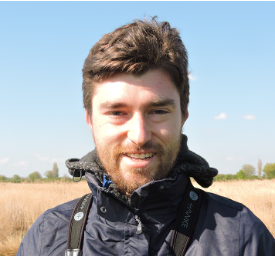The Fryslan wind farm in the Netherlands is a sprawling array of 109-meter turbines situated in the deep blue waters of Lake Ijssel, north of Amsterdam. Capable of powering 500,000 homes, its sustainability bona fides are obvious. But less immediately apparent are the elements of its design that protect the local ecosystem as well.
Built as the world’s first nature-positive wind farm, Fryslan incorporates a number of innovative measures to reduce collision risks to birds, including radar systems to monitor bird movements through the turbine array, and even several man-made islands that provide breeding habitat for seabirds such as the Common Tern, Sterna hirundo.
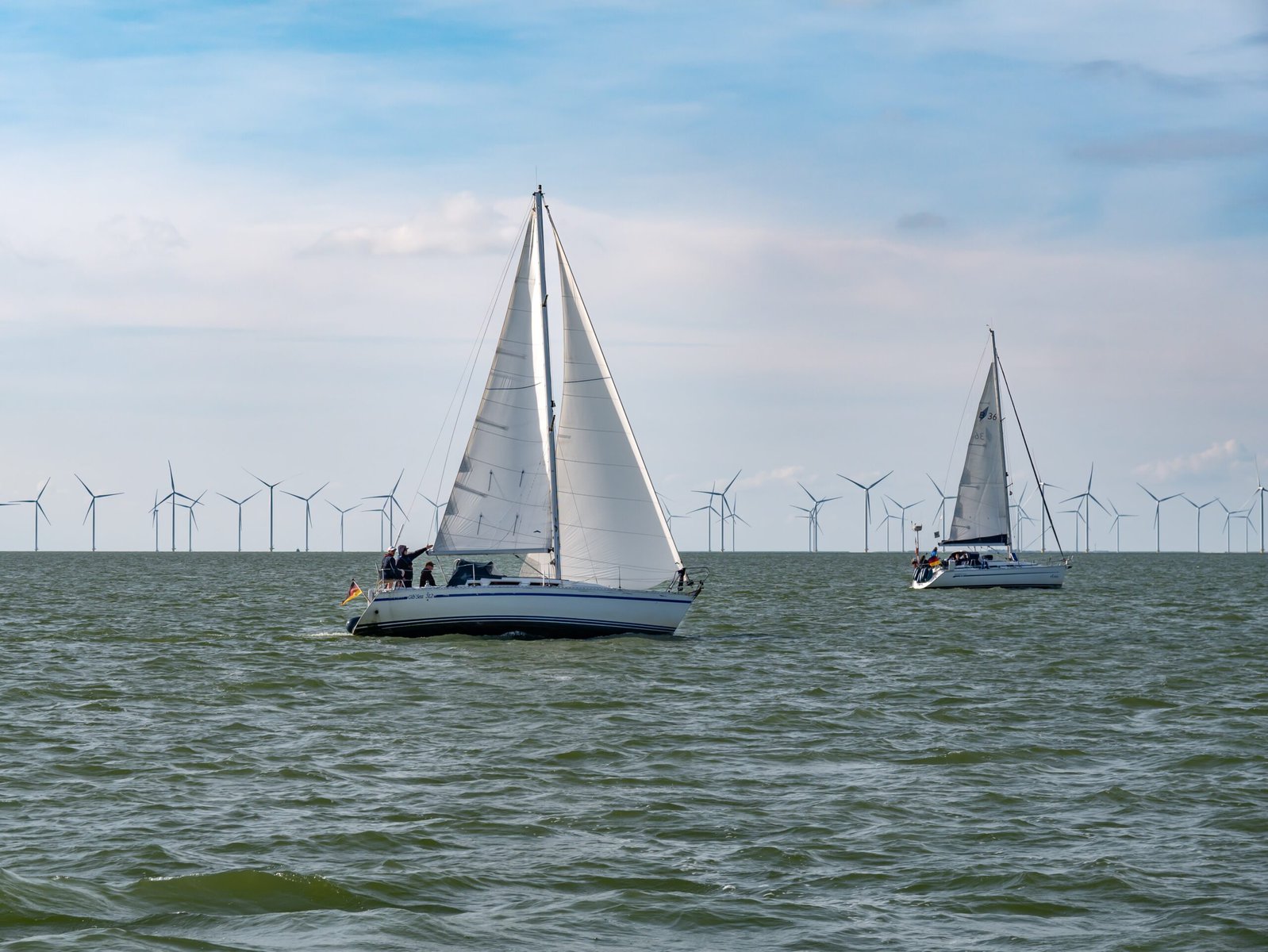
“For five years, consultancy bureaus will closely monitor the birds, bats, fish, aquatic plants, and shellfish near the island and the wind farm,” said Josephine Hansen, commercial project manager from Siemens Gamesa, in a statement.
The Fryslan development encapsulates how considering wildlife early in the design process can result in wind farms that benefit not just the climate, but also local wildlife. In doing so, Fryslan confronts a central challenge of large-scale renewable power projects: How to generate sustainable energy without harming biodiversity in the process.
The World Wildlife Fund describes biodiversity loss and climate change as “two sides of the same coin.” Yet solar arrays sometimes consume vast tracts of natural habitat. Hydropower dams can prevent fish from swimming and spawning freely. And wind farms have often been accused of threatening birdlife (accusations that are sometimes valid, and sometimes weaponized by those who simply don’t like the look of turbines).
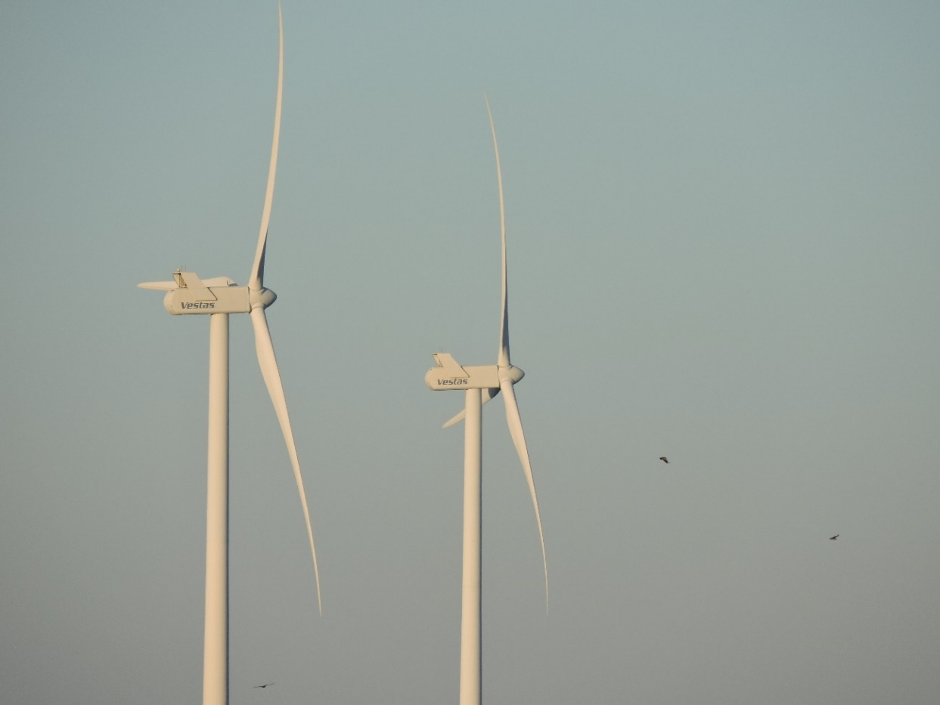
Fryslan is one of a new generation of wind energy projects that asserts it is possible to achieve biodiversity and climate targets in one fell swoop. Its design is a reflection of the words of Dr. Joseph Kiesecker in his 2019 paper in Frontiers in Environmental Science, in which he expressed that in building green energy infrastructure, “we should not rob Peter to pay Paul.”
Should birds fear wind farms?
At time of this writing, the NOAA climate observatory at Mauna Loa, Hawaii is registering a carbon dioxide concentration of 420 parts per million in the Earth’s atmosphere. This is higher than at any point in the history of our species, and throws into relief the urgency of transitioning away from fossil fuels if we are to avert the worst impacts of climate change.
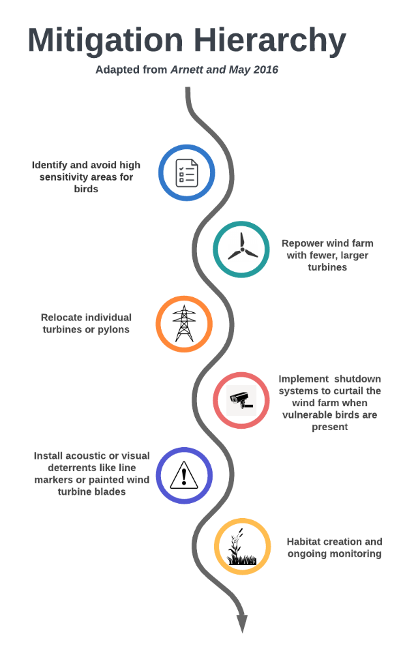
Fortunately, our best hopes for doing so — wind and solar energy — continue to decline in cost and are now the least expensive forms of electricity generation. This is good news, because the International Energy Agency estimates that global wind energy capacity needs to more than quadruple by 2050 if we are to halt climate change at relatively safe levels.
But the climate crisis is just one half of our planet’s existential threat. The other is biodiversity loss, which is occurring at up to 1,000 times the average rate observed in the geological record. According to the Living Planet Report, populations of vertebrate species have declined on average by 69 percent since the 1970s. And Birdlife International reports that 49 percent of the world’s bird species are in decline.
Concerns are often raised about the potential impact of renewables, particularly wind farms, on birds and other wildlife. Indeed, wind farms and power lines can pose a threat to birds through collision and electrocution, habitat loss and disturbance. Failure to address concerns about these impacts, as was the case with the Altamont Pass wind farm in California, which was built in an important area for the North American Golden Eagle population, provides fodder for critics of clean energy who often cite collision risks when objecting to wind energy developments.
But it is important to contextualize these impacts compared to broader causes of bird mortality. A 2016 study estimated that the total number of birds killed by wind farms in North America was in the region of 140,000 to 328,000 birds per year. That may sound like a lot, but it pales in comparison with the 16 to 42 million birds per year killed by collisions with buildings. And it is still fewer than the estimated 512,000 birds killed annually by the direct impacts of generating electricity from coal, oil and gas.
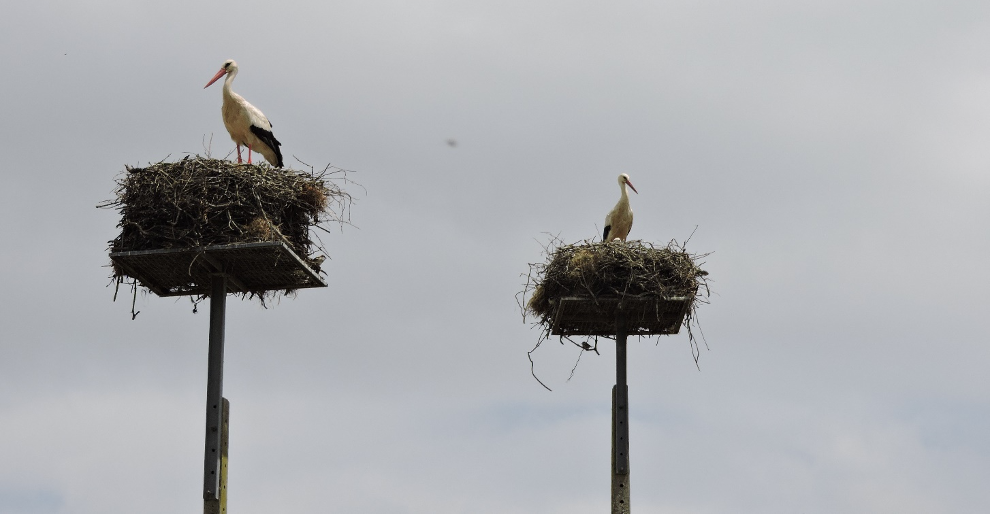
Yet sheer numbers are only part of the story. Arguably a more important consideration is understanding the types of birds impacted by wind farms, because this can inform how we best protect those species as we invest in renewable energy. For instance, larger, slower-to-reproduce bird species — like vultures, bustards, grouse, storks, cranes, eagles and certain water birds like swans — are disproportionately affected by collisions with wind turbines and power lines.
Knowing this, we can compensate for their turbine-related losses by, for example, protecting more of their habitats or curbing illegal hunting. Meanwhile, other species can actually benefit from the presence of energy infrastructure. For example, large numbers of white storks in Portugal build their nests in electricity pylons, and in some areas specially designed nesting platforms are added by the energy company, ensuring that this species, though prone to colliding with power lines, can also benefit from the presence of the towers and masts associated with them.
Learning to coexist
Our understanding about how to reduce conflict between birds and wind farms has improved dramatically in recent years, as has collaboration between wind energy companies and conservationists. Today, it’s common for the major players in the wind energy industry to work together with scientists, policy makers and communities to find wildlife-friendly solutions.
In their 2016 paper in the journal Human-Wildlife Interactions, Dr. Edward Arnett and Dr. Roel May outline a mitigation hierarchy of different measures which can be implemented at wind farm developments designed to “avoid, reduce or mitigate impacts.”
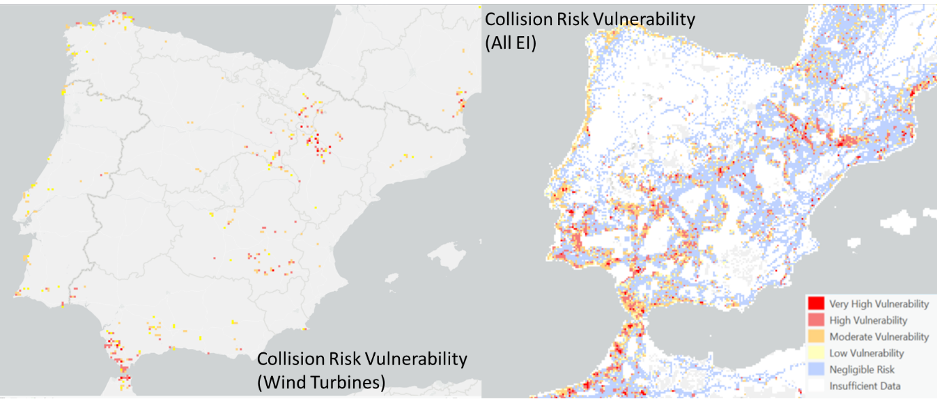
One of the best ways to minimize conflict between birds and renewable energy infrastructure is to produce collision risk maps. Producing these maps at regional, country or continent scale can help developers and planning authorities avoid the most high-risk areas for birds in relation to wind farms and power lines.
New tools are making this easier. Birdlife International recently launched their AVISTEP online tool which uses the abundance of collision-prone species to map the sensitivity of birds to renewable energy development. Another approach, as outlined in this study in the Journal of Applied Ecology, is to use GPS tracking data to map where birds tend to fly at heights where they could collide with wind farms and power lines. The study used data from over 1,400 individual tracked birds to highlight collision risk hotspots where birds would be most sensitive to new wind farm developments and are already vulnerable to the risk posed by existing wind farms and power lines.
Weighed down by negative news?
Our smart, bright, weekly newsletter is the uplift you’ve been looking for.Once we understand where these high risk areas are, we can then prioritize where to install measures such as power line markers, which can reduce the risk of collision by approximately 50 percent, or curtailment systems, which can shut down or slow wind turbines when collision-prone species are present in the area. At 20 wind farms around Cadiz in Southern Spain, an important migratory corridor, the implementation of shutdown procedures using radar systems and human observers during peak times reduced the mortality of Griffon Vultures by an average of 92 percent.
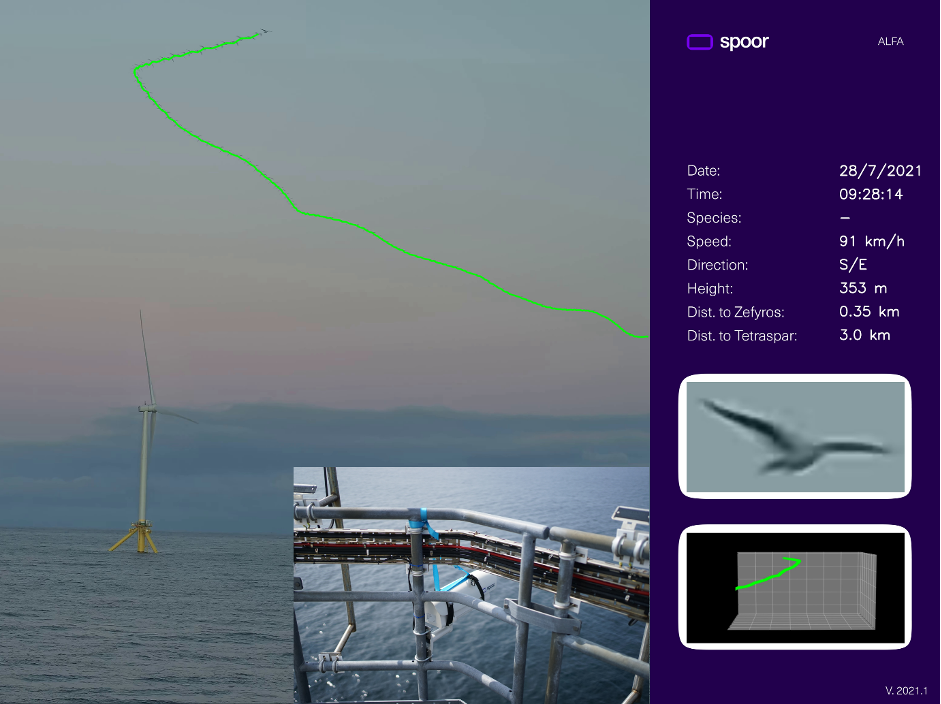
Several companies are now seeking to automate monitoring of bird movements at wind farms using AI-powered camera systems to reduce the need for human input. One of these companies is SpoorAI, founded by Ask Helseth, Lorea Coronado-Garcia and Helge Reikerås. The company aims to make wind power more nature-friendly by using computer vision and artificial intelligence to track and identify birds on and around wind farms.
“We use off-the-shelf cameras, which are resistant to both onshore and offshore environmental conditions” explains CEO Helseth. This video stream is processed by SpoorAI’s software, then reviewed by humans who identify moving objects, pinpoint birds, identify species and analyze flight trajectories. This allows them to follow, in fine detail, the movements of birds through a wind farm and assess the proportion of flights at heights where the birds could collide with the moving blades. According to Helseth, the system has successfully tracked over 126,000 birds to date in approximately 18,562 monitoring hours.
The SpoorAI system could soon be able to automatically stop turbines from spinning when it detects birds in danger of being struck. “In other words, if we detect that a given species flying within a certain range of a turbine we think is at risk of collision, we can communicate it to the turbine. This feature is increasingly being requested by governments when authorizing new installations.” This development in autonomous monitoring and curtailment of wind farms represents a significant step forward in reducing collision risks.
The pace of our transition to clean energy is only set to increase over the coming years. If done poorly, without considering the potential impact on wildlife, ramping up deployment of wind turbines will create conflicts between clean energy and birds. But done well we can meet our renewable energy targets while conserving birds. The good news is that at the 2022 Wind Energy and Wildlife Conference in Ijmuiden in the Netherlands, major players in the wind industry such as Ørsted made it clear that they are keen to be part of the solution.









